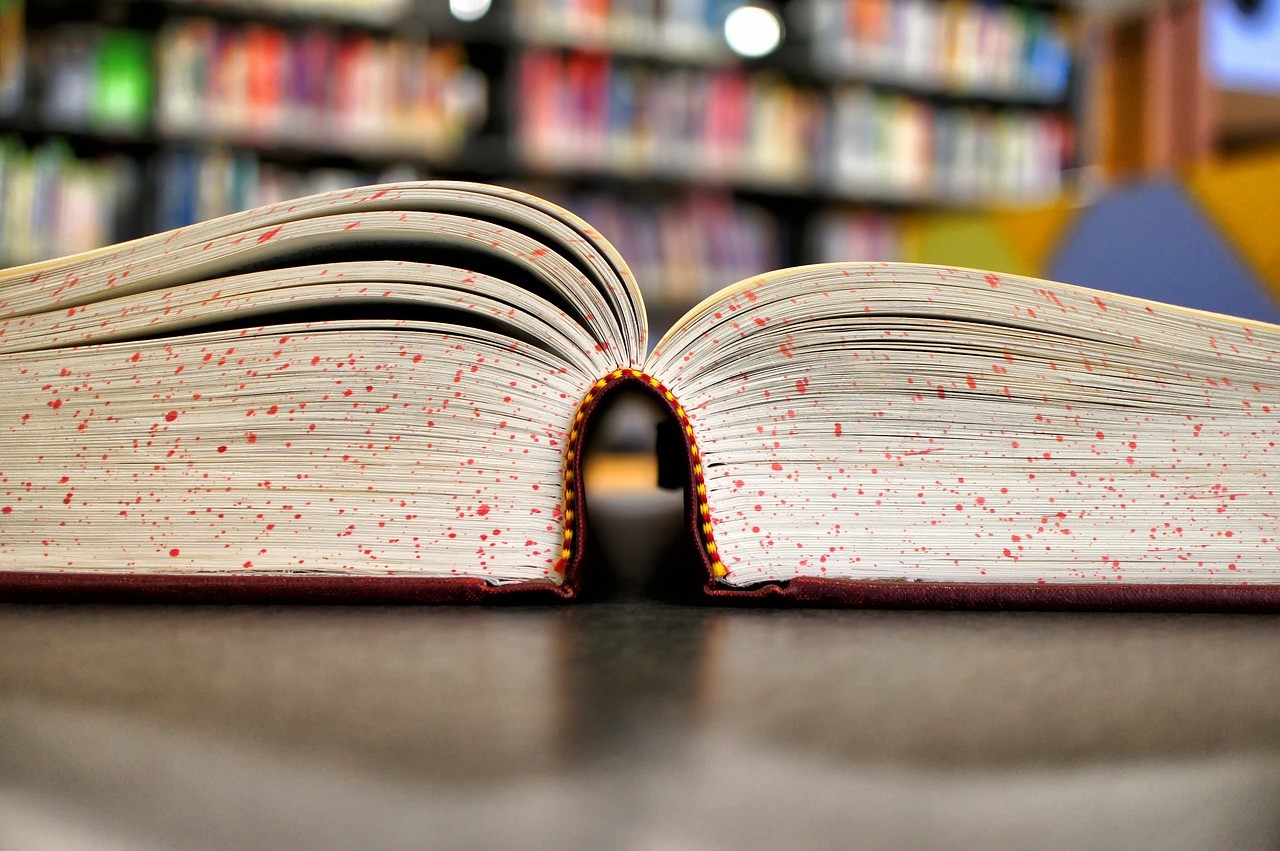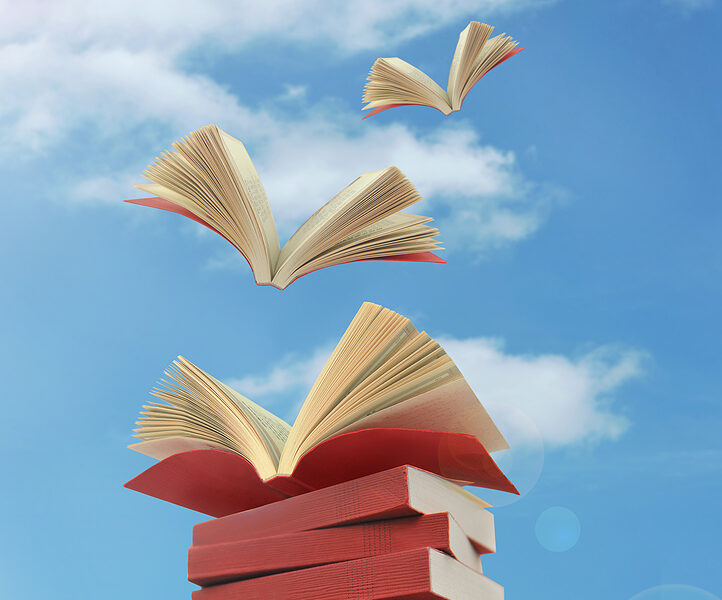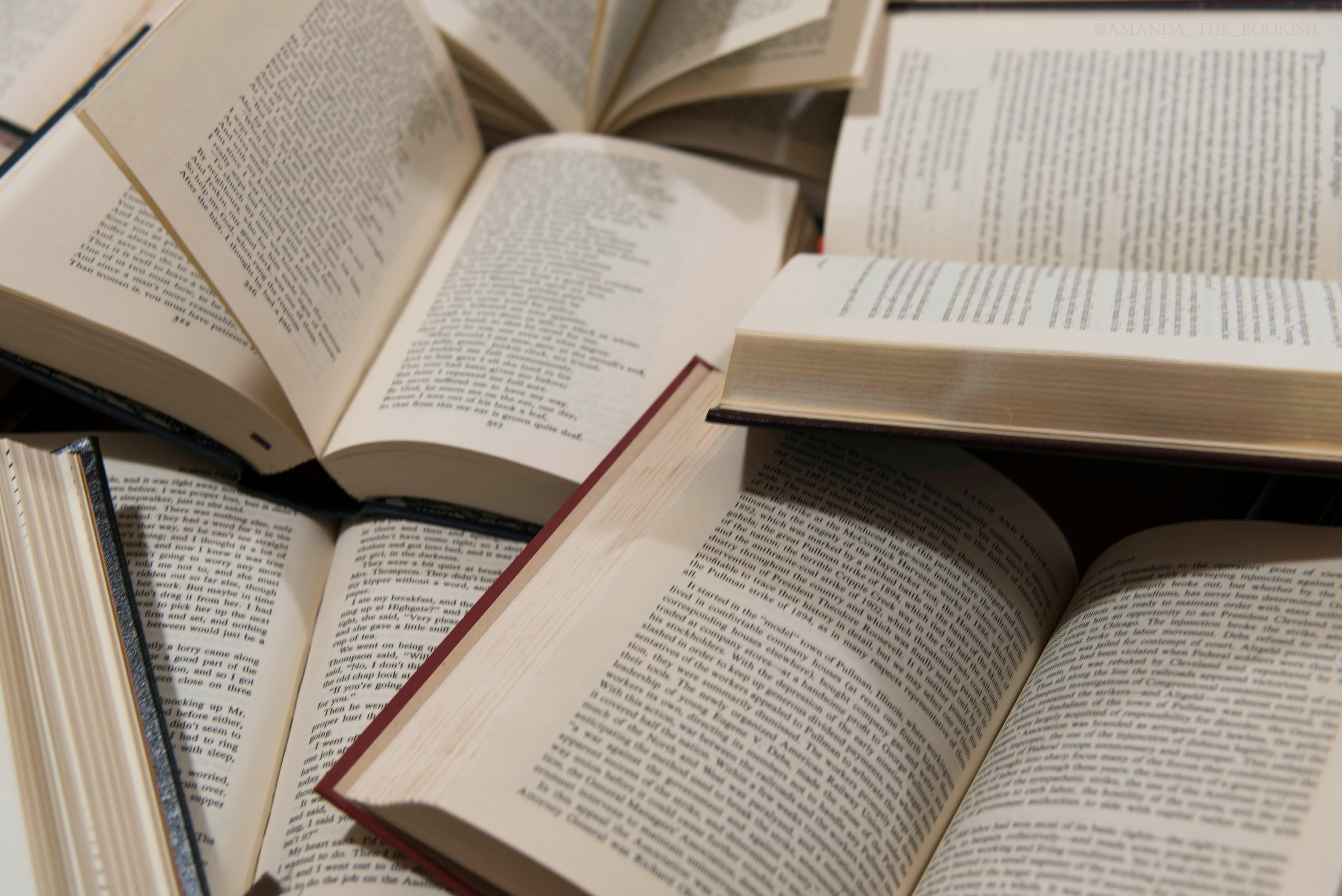Dreams have intrigued humanity for centuries. From ancient civilizations to contemporary psychology, the interpretation of dreams has been a topic of fascination and exploration. This article delves into the art of dream interpretation, examining how literature can offer insights and guidance for understanding our nightly journeys. By exploring the intersection of dreams and literary analysis, we unveil the layers of meaning that our subconscious communicates through the dream world.
The Historical Context of Dream Interpretation

Dreams have been interpreted throughout history, with various cultures attributing different meanings to these nightly visions. Early civilizations, such as the Egyptians and Greeks, viewed dreams as prophetic messages from the gods or the deceased. Notably, the Greek philosopher Aristotle posited that dreams were a reflection of an individual’s experiences and thoughts, laying the groundwork for future interpretations.
- Ancient Egyptians: Believed that dreams were messages from the divine.
- Greeks: Considered dreams as reflections of reality, with Aristotle suggesting they stem from waking experiences.
- Freudian Theory: Sigmund Freud revolutionized dream interpretation in the 20th century, proposing that dreams reveal repressed desires and conflicts.
Freud’s work, particularly in “The Interpretation of Dreams,” introduced the idea that dreams could provide insight into the unconscious mind. This fundamental shift paved the way for modern dream analysis, allowing individuals to explore personal meanings behind their dreams and offering a rich tapestry of interpretations that literature can enhance.
The Role of Literature in Dream Interpretation

Literature serves as both a reflection of and a guide to our dreams. Many authors have explored dream themes, using their narratives to articulate the complexities of the human psyche. By examining literary works, readers can gain insights into their own dreams and find common threads in the human experience.
Symbolism in Literature and Dreams

Much like dreams, literature is replete with symbolism. Authors frequently employ symbols to convey deeper meanings, mirroring how our subconscious uses symbols in dreams. Understanding these symbols can enhance dream interpretation.
- Water: Often represents emotions or the unconscious mind in both literature and dreams.
- Flight: Symbolizes freedom or escape, commonly found in literary works as well as in the dream realm.
- Monsters: Can represent fears or challenges, reflecting the struggles faced by characters and dreamers alike.
For instance, in Franz Kafka’s “The Metamorphosis,” the protagonist Gregor Samsa transforms into a monstrous insect, symbolizing alienation and internal conflict. Similarly, encountering monsters in dreams can signify the dreamer’s confrontation with their own fears or unresolved issues.
Case Study: Analyzing Dreams Through Literature
Consider the dream of a young woman who frequently dreams of being lost in a labyrinth. This recurring dream leaves her feeling anxious and disoriented. By examining literary works, she finds a parallel in Jorge Luis Borges’ “The Garden of Forking Paths,” where characters navigate complex, multilayered realities. This discovery leads her to interpret her labyrinth as a symbol of her life choices and the overwhelming nature of her decisions.
Through literature, she learns to embrace the labyrinth as a space for exploration rather than fear, understanding that each path offers potential for growth and discovery.
The Psychological Perspective on Dreams

Modern psychology has further expanded our understanding of dreams and their interpretations. The field of psychology, particularly that influenced by Carl Jung, emphasizes the importance of personal context in dream analysis. Jung believed that dreams could reveal aspects of the self that the waking mind often neglects.
- Archetypes: Jung proposed that dreams often contain universal symbols or archetypes that reflect shared human experiences.
- Personal Symbols: While some symbols may be universal, personal experiences shape the meaning of dreams for each individual.
- Integration: Jung emphasized that dream interpretation can lead to greater self-awareness and integration of the unconscious mind.
For example, a dream about falling may evoke anxiety for one person but may symbolize release or freedom for another. Literature can enhance this understanding by providing rich character studies and emotional landscapes that resonate with our personal experiences.
Practical Techniques for Dream Interpretation
Readers can employ several practical techniques to interpret their dreams through the lens of literature:
- Keep a Dream Journal: Writing down dreams immediately upon waking can help capture fleeting details and emotions.
- Identify Symbols: Reflect on recurring symbols or themes in dreams and research their meanings in literary contexts.
- Connect with Characters: Relate personal experiences to characters in literature, exploring how their journeys mirror your own.
- Read Diverse Genres: Engage with various genres, such as poetry, fiction, and memoirs, to find new perspectives on common dream themes.
By actively engaging with literature, individuals can deepen their understanding of their dreams, finding connections that enrich their interpretations.
Statistics on the Impact of Dream Interpretation

Recent studies have revealed interesting insights into the impact of dream interpretation on mental health and self-awareness:
- A survey conducted by the American Psychological Association found that 60% of respondents believed that dream interpretation helped them understand their emotions better.
- Research published in the journal “Dreaming” indicated that individuals who regularly engaged in dream interpretation reported lower levels of anxiety and improved emotional regulation.
- Another study highlighted that reading literature about dreams, such as essays and narratives, can enhance one’s ability to interpret personal dreams by providing relatable experiences.
Conclusion: The Journey Within

The art of dream interpretation is a rich tapestry woven from historical insights, psychological understanding, and literary exploration. As we delve into our dreams, literature serves as a guiding light, illuminating the pathways of our subconscious. By embracing the symbolism found in both dreams and literary works, we can unlock the mysteries of our nightly journeys, gaining greater self-awareness and emotional understanding.
Ultimately, the intersection of literature and dream interpretation empowers individuals to explore the depths of their psyche, transforming dreams from mere nocturnal experiences into profound opportunities for growth and self-discovery. The next time you wake from a dream, consider reaching for a book—it may just hold the key to understanding your inner landscape.




